The history of photocopiers
Franking Sense® is a Gold partner of two of the world's major brand photocopiers, Ricoh and Xerox. We’ve been selling photocopiers for over 20 years and today hundreds of UK businesses trust us to supply their copying and printing solutions.
Photocopiers have changed a lot during the time we have been selling copiers & printers and they will no doubt continue to change and evolve in the future. But to understand just how far things have come, we thought it would be cool to go back to the very beginning.
Chester Carlson (USA) invented the first photocopying machine and the technology to do so in 1938. Prior to this, office workers used carbon paper or duplicators to make multiple copies of documents.
Carlson was an inventor, researcher and also worked in a patent office.
Carlson developed his ideas in his apartment in New York, which was particularly dangerous as his process used flammable materials.
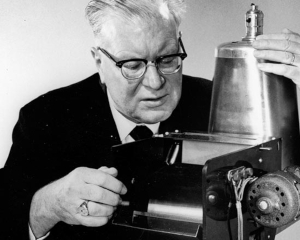
The technology was based around using a zinc plate, microscope slides, sulphur powder and used a bright light to create a heat reaction.
The first ever data to be copied in the world was “10-22-38 Astoria.”
This denoted the date followed by the name of Chester Carlson’s apartment block.

Carlson’s technology was turned away by many of the large corporations of the time including GE and IBM. However, Carlson continued developing his process until 1947, when a company called Haliod (a photographic paper company) sought a licence to develop a market around his technology.
It was decided around this time that the phrase ‘electro photography’ was too complex, so, after consultation with a linguist, they chose the word ‘Xerography,’ which means ‘dry writing’ in Greek.
Haloid called the new devices Xerox machines, which was trademarked in 1948.
Haloid commercialised its technology by introducing the Xerox 914 office copier in 1959. The Xerox 914 copier is still one of the most successful products of all time.
The company then changing its name to Xerox Corporation in 1961 which led to the creation of the verb ‘Xeroxing.’
The market grew at a phenomenal pace and in 1963 Carlson realised his dream of producing a desktop device capable of making copies available to everyone.
Carlson passed away in 1968.
The explosion of copying had begun. Xerox expected customers would make about 2,000 copies a month—but users easily made 10,000 a month, and some as many as 100,000. Before the 914 machine was introduced, Americans made 20 million copies a year, but by 1966 Xerox had boosted the total to 14 billion creating a phenomenal industry for themselves.
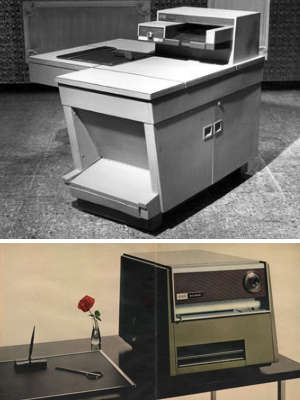
There was an explosion of data share in commercial businesses in a similar way to the impact email had and the invention of the Web. Copiers allowed the quick free flow of data to everyone creating a new way of working in the emerging office culture.
Continuing development of the technology through the 60’s saw the introduction of duplex (double sided copies), faster machines and then basic colour copies were introduced in 1973. This fast growth trajectory made Xerox the corporate powerhouse in the US through the 1970’s.
However this all came crashing down in 1975 with Antitrust laws and court battles forcing Xerox to release and licence all of its intellectual property at the end of the 1970’s to 3rd parties which created competition from mainly Japanese manufacturers.
The resulting competition devastated Xerox and saw its market share dropping from almost 100% down to 14% of the US market during the early 1980’s. This allowed the emergence of new technologies and massive competition from Canon, Konica Minolta, Sharp and Toshiba photocopiers.
The push for market share forced innovation and technology advancements at an alarming pace, with copiers becoming more sophisticated and an integral part of the office environment. The next phase of the photocopier development was multi-functionality during the 1990’s. The copier truly crossed over into other technology areas with integrations such as fax technology, professional colour printing, network connectivity and the introduction of digital copying. Digital copying was the ability to scan once and print many.
Copiers continued to develop, becoming true multifunction devices (MFD’s) fully integrated into the workplace as workflow enablers.
Scanning, creating PDF’s, scan to email, full digital user interfaces (UI’s) and more recently user applications (Apps), one click settings that create workflow shortcuts and facilitate document distribution to multiple destinations for automatic processing, are again revolutionising the way we work.
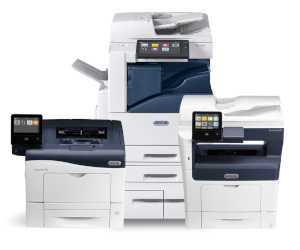
The new battleground bringing us into the 2020’s is the integration of software’s driving hardware; linking MFD’s to software to create seamless workflows into document management solutions, scanning (readable pdf), cost control & transparency, printing behaviour control and managed print services allowing everyone to access printers from wherever they are, under a central managed print contract. There is no doubt that the Photocopier, Copier, multifunction device, printer, scanner continues to evolve through the decades to the workplace solution that everyone takes for granted today.

Love them or hate them whatever you call them, they will be with us for many more years to come, continuing to process and organise our office data as they have done for nearly 100 years.
Looking for copiers or printers?
For more information on our copier brands, visit our Copiers & Printers section.
Get a photocopier or printer quote from Franking Sense now. Request a Copier quote.




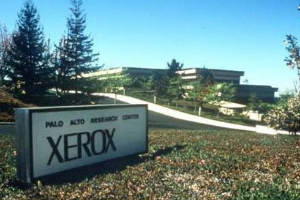


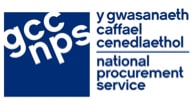
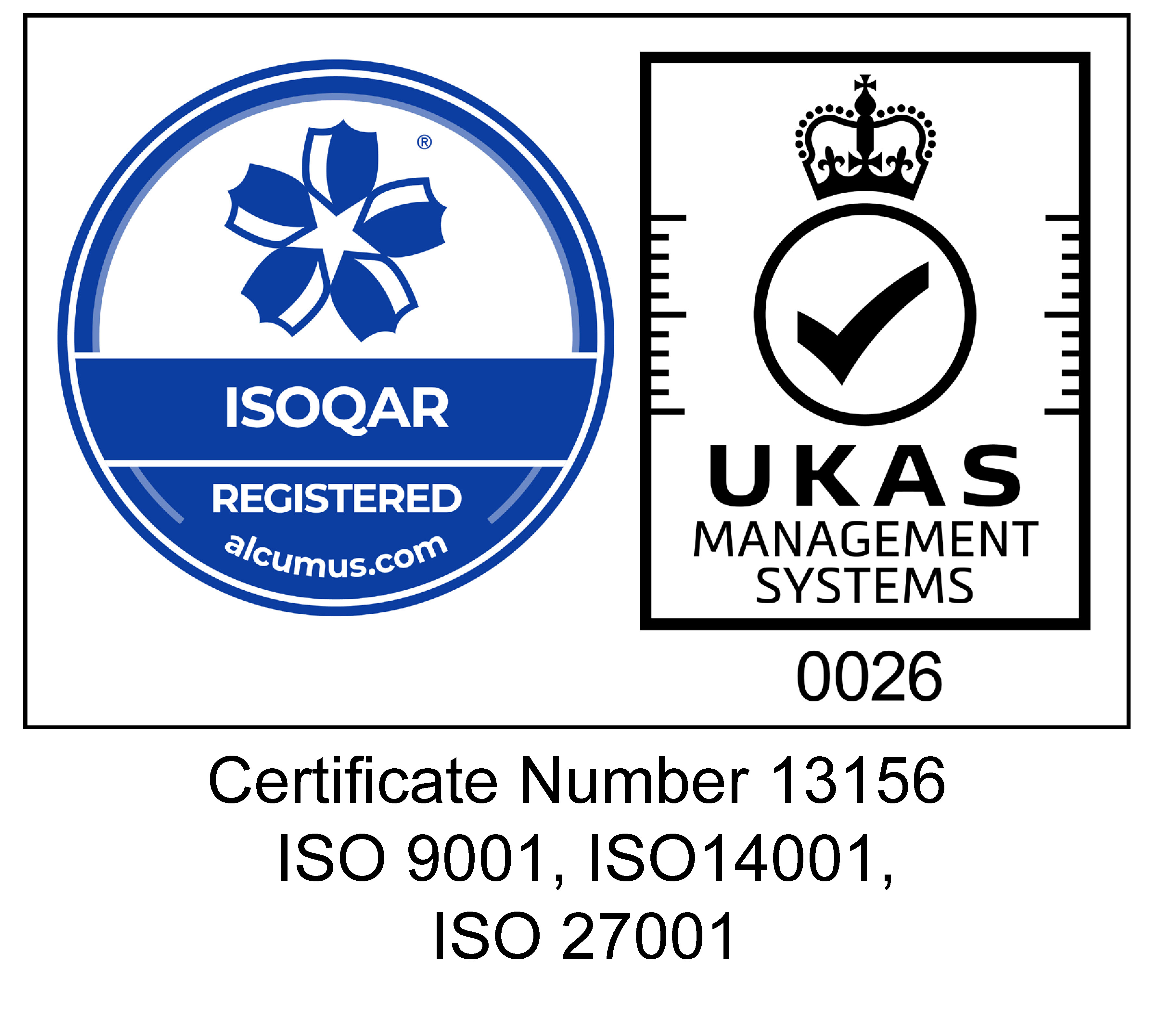







Validate your login
Sign In
Create New Account